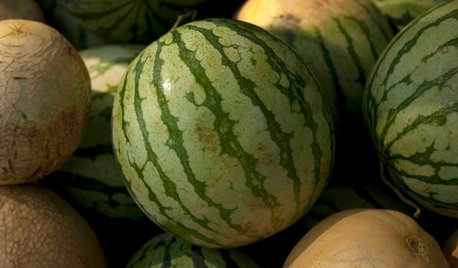what to do about ambrosia beetles in jujube
cousinfloyd
9 years ago
Related Stories

GARDENING GUIDESSummer Crops: How to Grow Melons
Drink in the refreshing sweetness of melons from your own garden this summer — they can last well into fall too
Full Story
MATERIALSWoodipedia: Maple Is a Marvel Around the House
A heavy hardwood with lots of potential, maple appeals to modern sensibilities and won't break your budget
Full Story








outdoor334
bennylafleur
Related Professionals
Allentown Landscape Architects & Landscape Designers · Forest City Landscape Architects & Landscape Designers · Addison Landscape Contractors · Alamo Landscape Contractors · Bethel Park Landscape Contractors · Beverly Hills Landscape Contractors · Brownsville Landscape Contractors · Cornelius Landscape Contractors · El Reno Landscape Contractors · Kailua Landscape Contractors · Kerman Landscape Contractors · Longview Landscape Contractors · Oak Forest Landscape Contractors · Riverview Landscape Contractors · Snoqualmie Landscape ContractorscousinfloydOriginal Author
Ernie